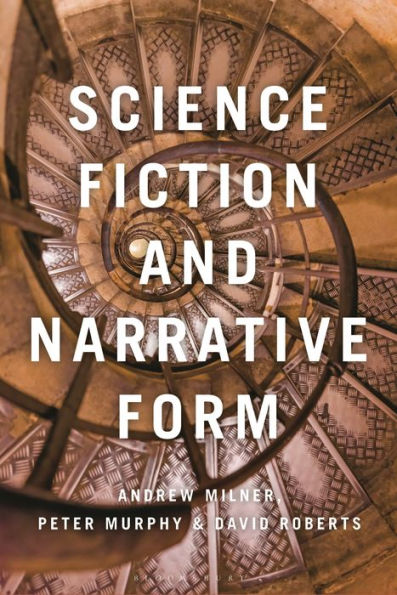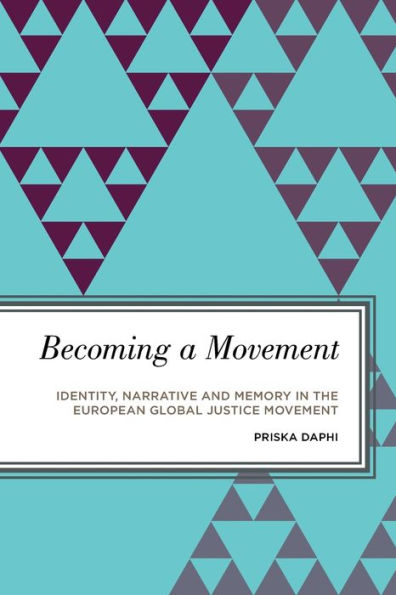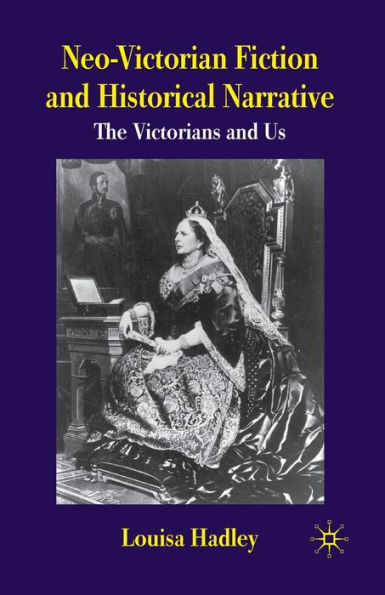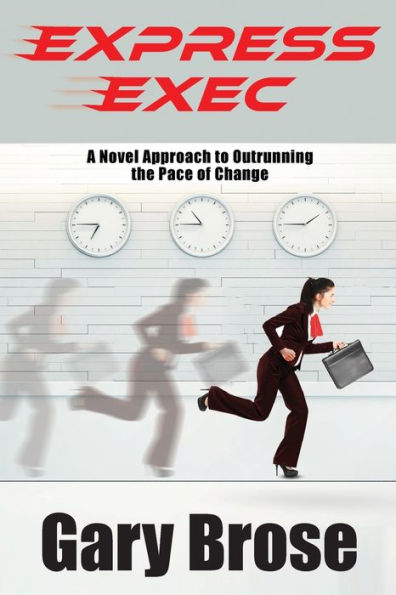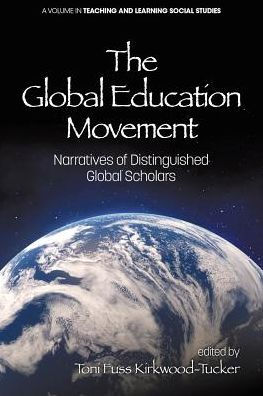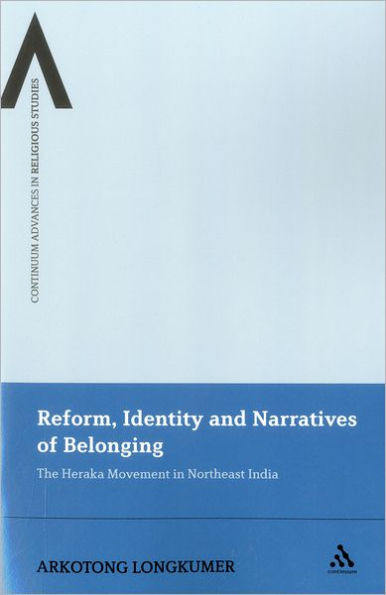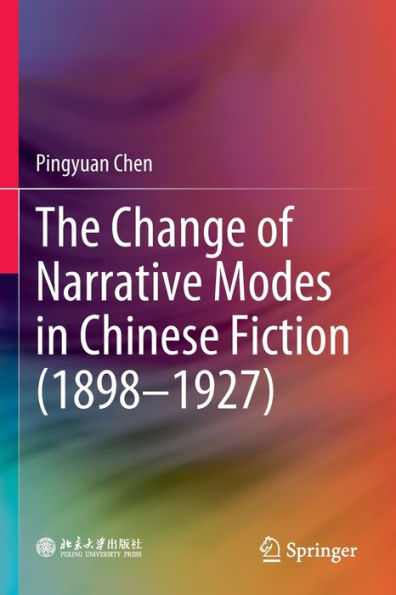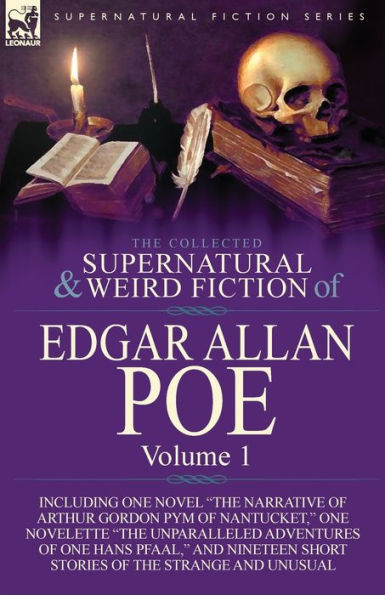Home
the Pace of Fiction: Narrative Movement and Novel


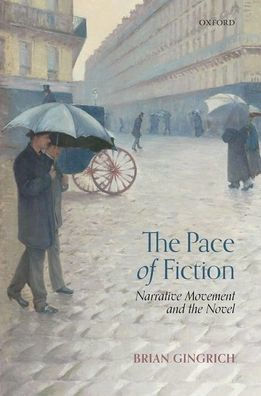
the Pace of Fiction: Narrative Movement and Novel
Current price: $84.00
Loading Inventory...
Size: Hardcover
redefines the literary history of the novel by analyzing its most elaborate feature: its pace. It moves from the rise of the novel to realism and modernism. It starts by tracing the evolution of two narrative units: scenes ("shown" slowly) and summaries ("told" swiftly). These units emerge from the conflict of epic and drama, gain shape in the commentaries of Fielding and Goethe, and become dynamically opposed in nineteenth-century realism. In
, they rotate in regular sequence: summaries move swiftly until scenes slow them down; scenes play out dramatically until summaries sweep them forward; their movement imitates the conflict of fate and free will. Over the course of the nineteenth century, however, scenic impulses overtake summary storytelling. The reader sees the tendency already in Austen's dialogues, Hawthorne's tableaux, or Balzac's battering drama, and finds it in Jane Eyre's placement of summaries in private scenes. When Flaubert extends scenic vividness to all of his summaries, and when Henry James subordinates his summaries to scenic consciousness, the extreme pressure of scene upon summary brings the opposition of realist pacing to collapse. But other oppositions arise in the modernisms that follow. In the alternation of stasis and kinesis, of drifting thoughts and everyday actions, of stories and acts of storytellingin Proust, Joyce, Woolf, Mann, Hemingwaypace gathers and creates meaning in new ways.
